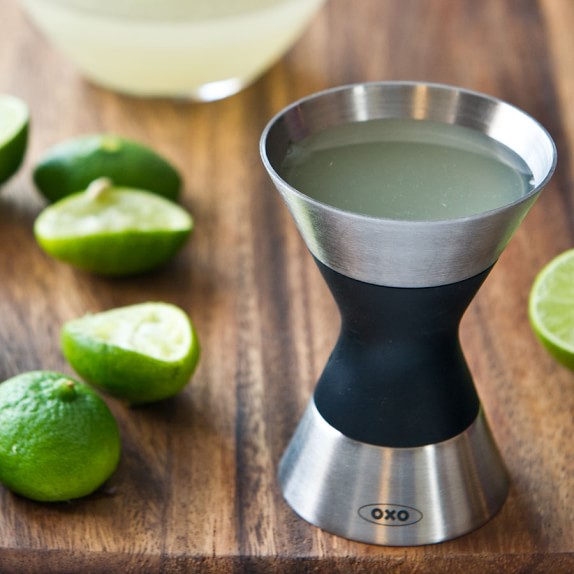 1.5 oz. Ketel One Peach and Orange Blossom Botanicals
1.5 oz. Ketel One Peach and Orange Blossom Botanicals0.5 oz. Amaretto Di Saronno
1 oz. Acid Adjusted Orange Juice
1.5 oz. Fever Tree Ginger Beer
Add the Ketel One Botanicals, Amaretto, and Acid Adjusted Orange juice to a mixing tin. Add ice and shake lightly until chilled. Add the ginger beer into a highball glass with a large ice column. Strain the cocktail over the ginger beer. Garnish with a long ribbon of orange peel. Serve with a smile.
To make Acid Adjusted Orange Juice:
Mix 1 liter of freshly squeezed and strained orange juice with 32 grams of citric acid and 20 grams of malic acid. Stir until mixed and uniform.
This cocktail is really about simplicity and precision. So many cocktails depend on ingredients that can be wildly inconsistent depending on when and where they are sourced. While local seasonal fruit can create amazing flavors, you never know what the acid content or sugar content is going to be exactly. I'm a carpenter. I like exact measurements. If one measure is off by as much as 1% it can make a table wobbly and unbalanced. Wild ornate cocktails have their place but without a stable, anchored base, they fall apart. Nature can be shaped to our will fairly easily. So that's what I did in this drink. The Ketel One Botanicals are a beautiful set of spirits that mix individual essences to turn out consistent crisp clean flavors. Again, building from parts to create a whole. Cheers.
Darcy's Donkey by Gaelic Storm
https://www.youtube.com/watch?v=C6N6W59nQh4
Darcy's Donkey by Gaelic Storm
https://www.youtube.com/watch?v=C6N6W59nQh4







